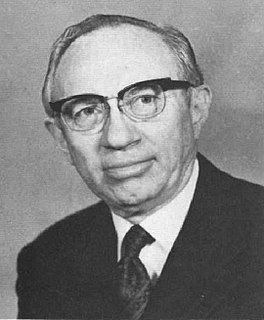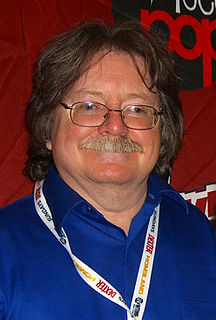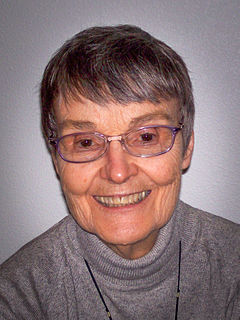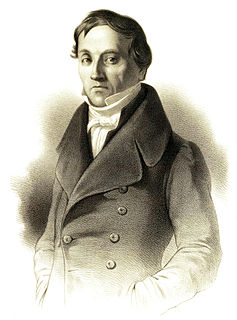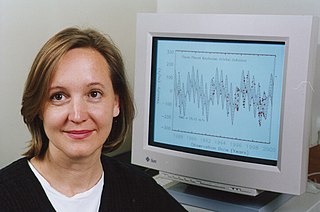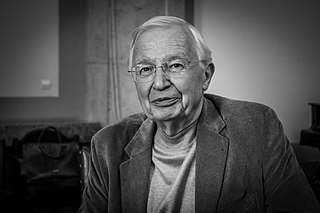A Quote by Sydney Brenner
I also became interested in chemistry and gradually accumulated enough test tubes and other glassware to do chemical experiments, using small quantities of chemicals purchased from a pharmacy supply house.
Related Quotes
We can begin ever so modestly. We can begin with a one week's food supply and gradually build it to a month, and then to three months. I am speaking now of food to cover basic needs. . .I fear that so many feel that a long-term food supply is so far beyond their reach that they make no effort at all. . .Begin in a small way, ... and gradually build toward a reasonable objective.
I grew up in Muenchen where my father has been a professor for pharmaceutic chemistry at the university. He had studied chemistry and medicine, having been a research student in Leipzig with Wilhelm Ostwald, the Nobel Laureate 1909. So I became familiar with the life of a scientist in a chemical laboratory quite early.
You are not exposed to one chemical at a time, but a complex mixture of chemicals that changes day by day, hour by hour, depending on where you are and the environment you are in... In the United States alone it is estimated that over 72,000 different chemicals are used regularly. Two thousand five hundred new chemicals are introduced annually-and of these, only 15 are partially tested for their safety. Not one of the chemicals in use today has been adequately tested for these intergenerational effects that are initiated in the womb.
The development of the Vertebrate proceeds from an axis upward, in two layers, which coalesce at the edges, and also downward, in two layers, which likewise coalesce at the edges. Thus two main tubes are formed, one above the other. During the formation of these, the embryo separates into strata, so that the two main tubes are composed of subordinate tubes which enclose each other as fundamental organs, and are capable of developing into all the organs.
The idea that you have to drop any thing that you might be interested in doing because you have to pass that test tomorrow and it's something that you're not interested in, that's just the opposite of education. It's also harming teaching, because the teachers are evaluated by the results of the test.
For there is a growing apprehension that existence is a rat-race in a trap: living organisms, including people, are merely tubes which put things in at one end and let them out at the other, which which both keeps them doing it and in the long run wears them out. So to keep the farce going, the tubes find ways of making new tubes, which also put things in at one end and let them out at the other.
LSD is really just a small chemical modification of a very old sacred drug of Mexico. LSD belongs, therefore, by its chemical structure and by its activity, in the group of the magic plants of Mesoamerica. It does not occur in nature as such, but it represents just a small chemical variation of natural material.


